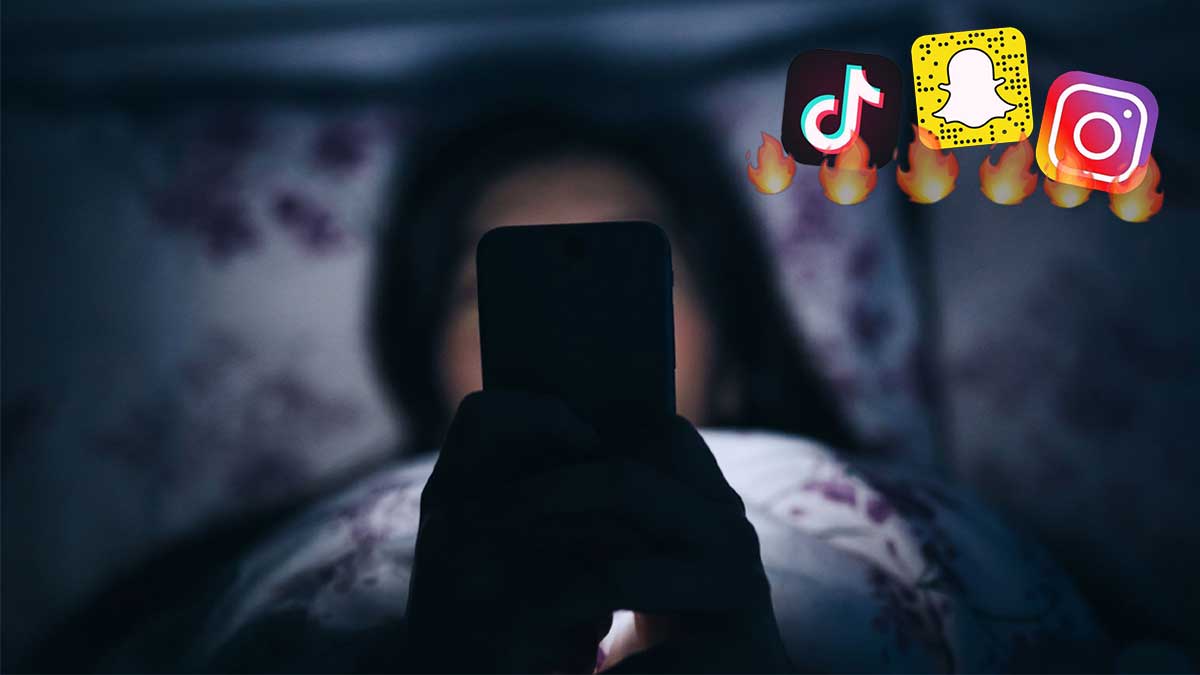Excessive use of social media platforms like Snapchat, Facebook, or TikTok is possible to be allied with a greater likelihood of a subsequent increase in depressive symptoms, finds a new study.
According to researchers, like Roy H. Perlis from Harvard Medical School, Boston, discovered that in accustomed regression models Facebook, Snapchat, and TikTok use at first survey were expressively linked with a greater hazard of increase in self-reported depressive symptoms.
“In this survey study, 5,395 individuals with minimal depressive symptoms on initial survey who reported use of Snapchat, Facebook or TikTok were more likely to report increased levels of depressive symptoms on a later survey,” the researchers said.
Read more: Depression rate in the United States triples during COVID-19 pandemic
“These results suggest that certain social media use preceded worsening of depressive symptoms,” they added.
For the survey, printed in the journal JAMA Network Open, the squad encompassed data from 13 waves of a non-probability internet survey piloted almost monthly between May 2020 and May 2021 amongst individuals aged 18 years and older in the US.
Furthermore, survey defendants who did not record depressive indications originally, social media usage was related with a larger likelihood of a consequent increase in depressive symptoms after alteration for socio-demographic characters and news sources, the squad said.
Data was investigated in July and August 2021. Moreover, logistic regression was implemented without reweighting, with a 5 point or greater increase in 9-item Patient Health Questionnaire (PHQ-9) score as a result and member socio-demographic characters, baseline PHQ-9, and usage of each social media podium as autonomous variables.
They were asked, “Do you ever use any of the following social media sites or apps?” such as Instagram, Facebook, LinkedIn, Pinterest, Twitter, TikTok, Snapchat, and YouTube.
They were further requested to recognize any foundations of Covid-19 connected news they spent in the past 24 hours, which they used as a substitute for news sources more commonly when inspecting television-based vs. web-based news separately; numerous social supports are existing “to talk to if you had a problem, felt sad, or depressed”; and face-to-face gatherings with non-household members in the prior 24 hours.





















